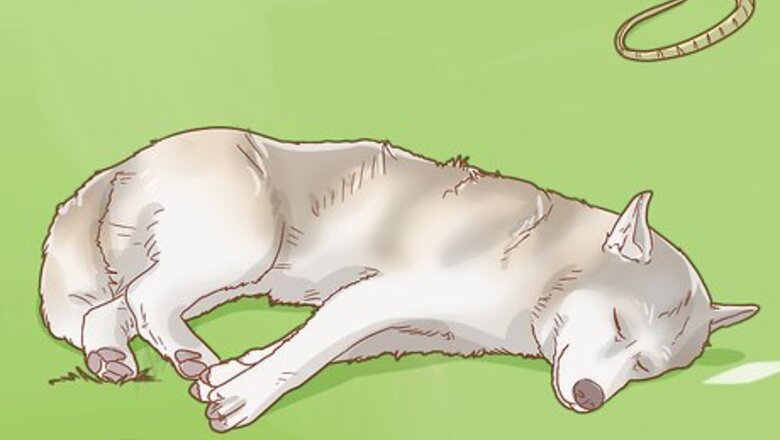
views
Recognising the Symptoms and Getting Veterinarian Treatment
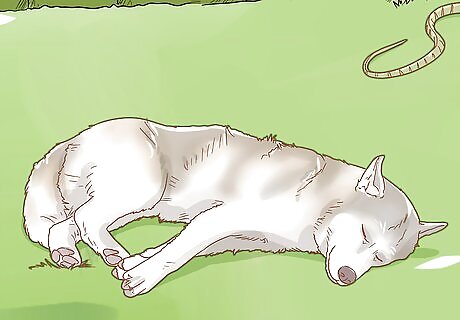
Know the symptoms of snakebite in dogs. Dogs with snakebite will start to display symptoms within 1-24 hours. In the majority of cases, the dog will either vomit or become very weak shortly after being bitten. The dog may start to stagger and eventually collapse, have dilated pupils, have rapid and shallow breathing, start trembling, or begin to drool. These are just some common symptoms of snakebite in dogs and this list is not exhaustive. The symptoms of snakebite depend on the snake venom. If your dog is displaying any unusual or worrisome behavior, take it to your veterinarian to get checked. Take your dog to the veterinarian even if you aren’t fully sure that it has snakebite, just to be on the safe side.
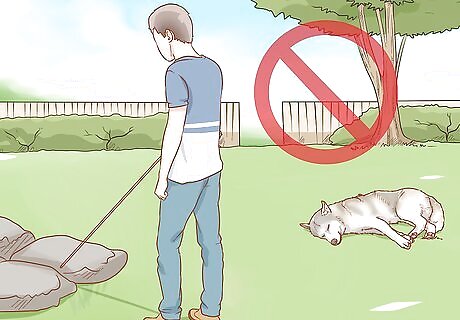
Avoid trying to identify the snake that caused the snakebite. Although Tiger and Brown snakes are the most common causes of snakebites in Australian dogs, there are several species which cause snakebite. Not only can trying to identify the snake put yourself in danger, but it can also waste precious time getting your dog veterinary treatment. The veterinarian will be able to perform tests that can identify the snake venom. Many Australian snake species differ significantly in pattern and color across the continent. This means that only experienced snake handlers and veterinarians can make accurate identifications.
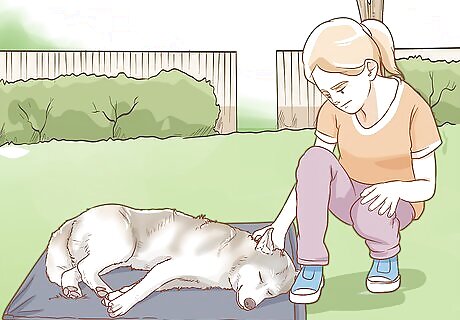
Immobilise your dog to keep it calm and quiet. Help your dog to lay down and rest on a soft blanket or towel. Try to reduce the dog’s movement as much as possible and to keep it still. This can help to reduce the speed at which the venom travels around the body. Remove the collar if the snakebite is on the dog's neck. Try to keep the site of the snakebite below the dog’s heart. For example, for snakebite on a leg, keep the dog's legs on the ground and still. This is because the closer that the snakebite is to the heart, the faster the venom can travel around the body.
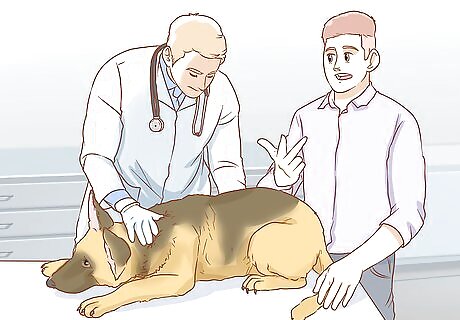
Take your dog to a veterinarian immediately. The earlier that a snakebite is treated, the greater the chance that your dog has of recovery and survival. As soon as you either see or suspect a snakebite, either contact the veterinarian first or start traveling straight there. Go to an after-hours veterinarian clinic if necessary. The veterinarian will do diagnostic testing to determine if snakebite is the cause of the symptoms and if so, to determine the type of snake venom. They may use a snake bite detection kit. Treatment for snakebite usually involves giving the dog intravenous fluids and antivenom. This neutralizes the snake venom in the dog’s system. Antivenom does not protect your dog against future snakebites. Do not try to treat the snakebite yourself as this can waste valuable time. Ice, cold packs, tourniquets, bleeding the wound, and sucking out the venom are all ineffective methods of treating snakebite.
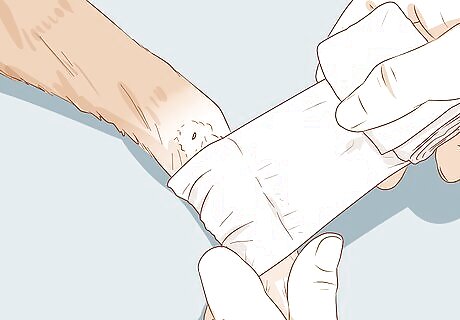
Apply a pressure bandage if the veterinarian is a distance away. If getting your dog to the veterinarian is going to take a while and you have another person to help you, use a pressure bandage during the journey. Wrap a clean bandage around the site of the snakebite, making sure that it feels firm and secure. This will help to reduce the speed at which the venom reaches the dog’s heart.
Preventing Snakebite in Dogs
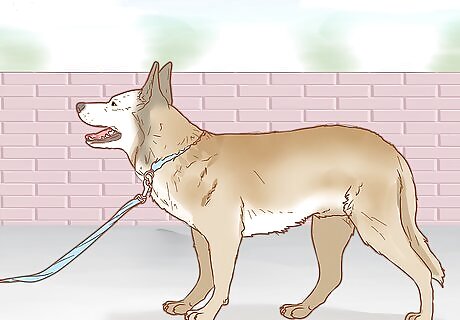
Keep your dog on a leash during the months between October and April. Snakebite occurs most frequently during the warm spring and summer months. During warmer months, a snake will have more venom in its glands. This means that the snakebite will be more severe.
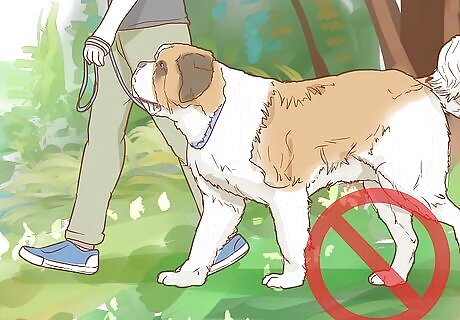
Avoid walking your dog in bushland, on dunes, or near water. Snakes often live near water and in locations where there are plenty of places to hide. This is why snakebite occurs more frequently in these areas. Stick to walking your dog on open, well-defined paths and stay away from high grass and rocks where snakes can hide. Don’t let your dog sniff any dead snakes, as the fangs can still be venomous.
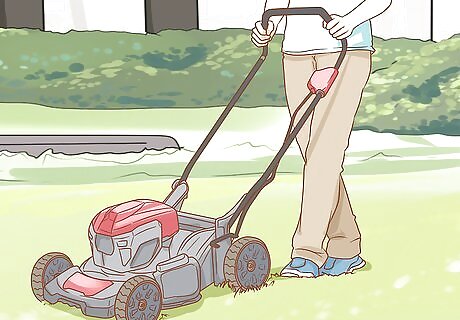
Repel snakes from your property by clearing overgrown vegetation. Remove undergrowth and mow down tall grass. This provides snakes with fewer locations to hide. Check your property for any toys or tools in overgrown areas, as these can also provide good hiding places for snakes. Avoid leaving out any food or bird seed, as this can attract rodents and therefore snakes.
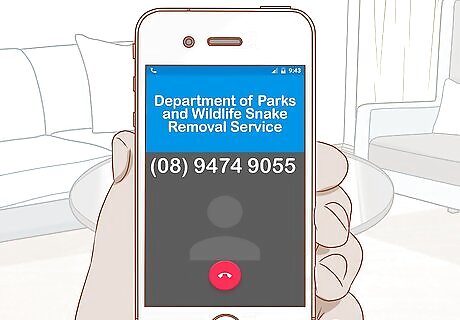
Contact the Department of Parks and Wildlife Snake Removal Service if needed. The Australian Government provides a free service that will remove snakes for you, due to both the dangerous nature of the task and to protect the snakes. If you need to get a snake on your property removed, call this service on (08) 9474 9055.

Get pet insurance to help cover the cost of a future snakebite. Antivenom costs a lot to produce, which means that getting your dog treated for snakebite can be costly. Snakebite treatment for dogs is usually effective if done so promptly, and having pet insurance will help to reduce the financial stress during these times.










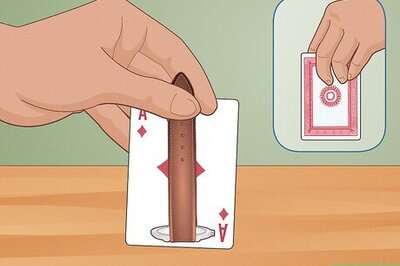






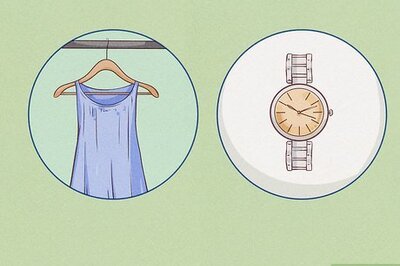
Comments
0 comment